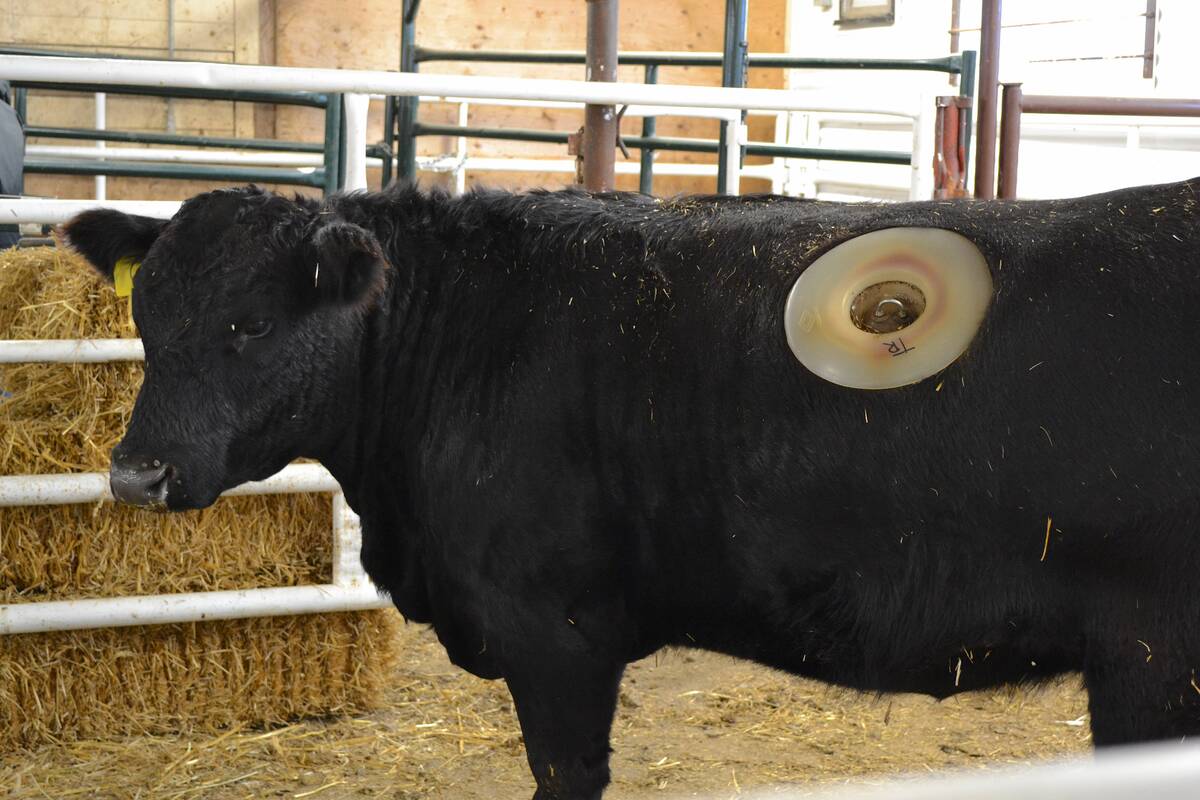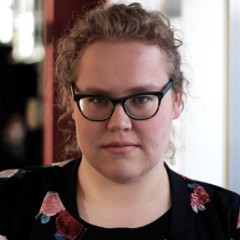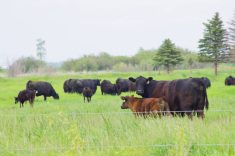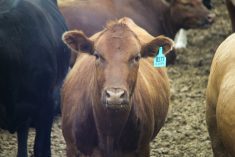Glacier FarmMedia – A study benchmarking cow-calf profitability against greenhouse gas intensity suggests profitable farms tend to have lower emissions, but there’s a lot of room to work on both sides of the equation.
“There’s a lot that we can do to provide support to producers who are willing to try things … and I think that there’s a lot of ground to be gained,” said researcher Aaron Knodel.
In 2021, Knodel, along with Kim Ominksi and Aklilu Alemu, conducted a study that compared the profitability of cow-calf farms across Canada with their greenhouse gas emissions. At the time, Knodel was a master’s student in the University of Manitoba’s department of animal science. He now works for livestock nutrition company Alltech.
Read Also

Lakeland College studying livestock wellness through cannulated heifers
Lakeland College’s Applied Research Team is working with six cannulated heifers on a handful of research projects.
The study, which is part of Canfax’s cost of production network, surveyed producers from 115 farms across Canada, grouping them into 25 ‘typical’ farms based on measures like their region, practices, forage types and herd size.
Emissions for each farm were estimated using the Holos model, a software program made available through Agriculture and Agri-Food Canada. That program estimates a farm’s emissions using information on its manure management, cropping systems, energy use and other factors, as well as how those levels would change if any of those practices were altered.
The profitability side of the study came from Canfax, using economic models from global analysis organization agri benchmark. Intensity was then portrayed as the quantity of emissions per kilogram of liveweight cattle.
The farms showed a wide range of results. Notably, when carbon sequestration was factored in, four of 25 ‘typical farms’ had negative emissions intensities — meaning they were sequestering more carbon than they put out.
The common factor with these farms was large amounts of perennial forage or hay, either due to a large land base and low stocking density, or to a large base of highly productive perennial forage. That amount of perennial forage “just sinks a lot of carbon,” Knodel said.
However, he cautioned, putting numbers to sequestration is difficult without extensive soil testing and multi-year carbon modelling, which the project didn’t include.
Lower emissions tended to correlate with higher farm profitability, especially focusing on the income from the cow-calf enterprise within the farm. Some ‘typical’ farms had high emissions and high profitability, but this was generally due to the added presence of grain, which drove up income.
“A lot of that is just come down to efficiency,” said Knodel.
The most profitable farms had higher calving rates and higher rates of gain, which created more profit and spread emissions over more beef output, lowering the intensity.
Higher quality forage leads to lower methane emissions and more productive animals, Knodel said. A lot of the farms with higher-quality forage tended to have profitability and lower emissions.
“If you can achieve higher forage quality, you’re going to win on both fronts, basically. It’s just a matter of how we get there … It can depend so much on the individual farm,” Knodel said.
Researchers also modelled changes at some of the farms such as adding rotational grazing, said Knodel. They found that, on two farms, rotational grazing actually increased emissions. That is contrary to much of the messaging around the practice, which is generally pegged for carbon sequestration.
Knodel’s team suggested those results related to feed quality. On both of those farms, pasture quality was poorer than the herds’ winter feed. With poorer forage, leaving the cattle on pasture longer drove up emissions.
On a Quebec farm with high quality pastures, rotational grazing reduced emissions.
“You have to really know a little bit of what the situation is before you start making recommendations,” Knodel said.
Farm diversity, and diversity in emissions, were common themes across the study. Some farms had double the emissions of other farms not far away, Knodel said.
To the researcher, that spread is an indication that there is potential for gains in both emission reduction and the farmer’s bottom line, assuming there is willingness to try something new.
Cow-calf operations are highly variable, and that may not be a bad thing, he noted, pointing to the range of tools and practices that the producer can mix and match for their specific circumstances.
In comparison, Knodel said, a sector like poultry is more limited in the variables farmers can alter to both reduce emissions and increase profitability.
With beef, “the world is your oyster,” he said.
– This article was originally published at the Manitoba Co-operator.
















